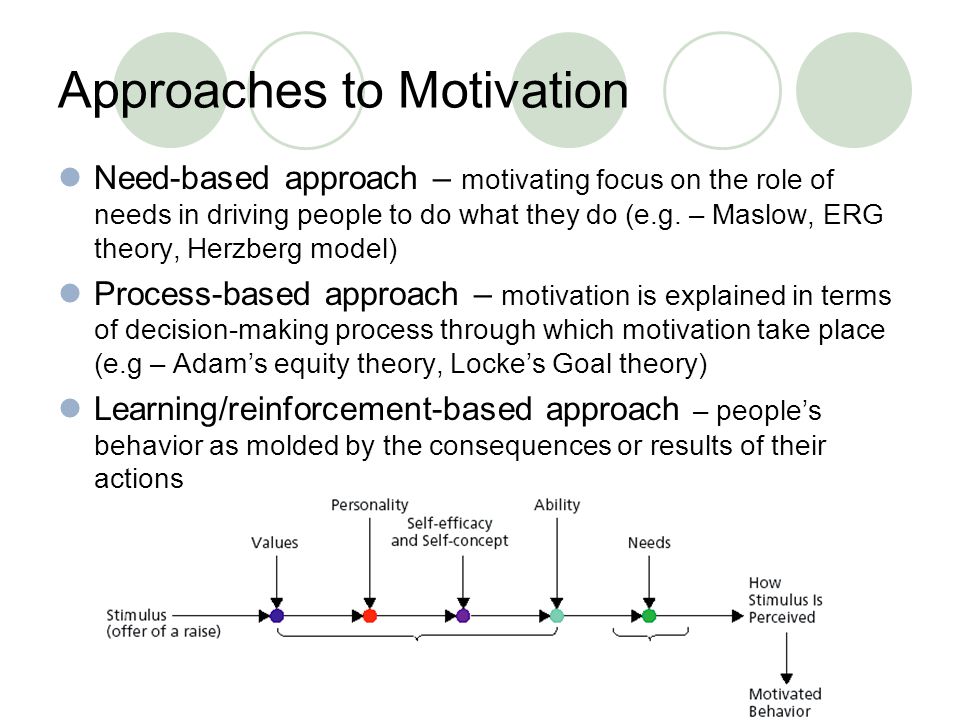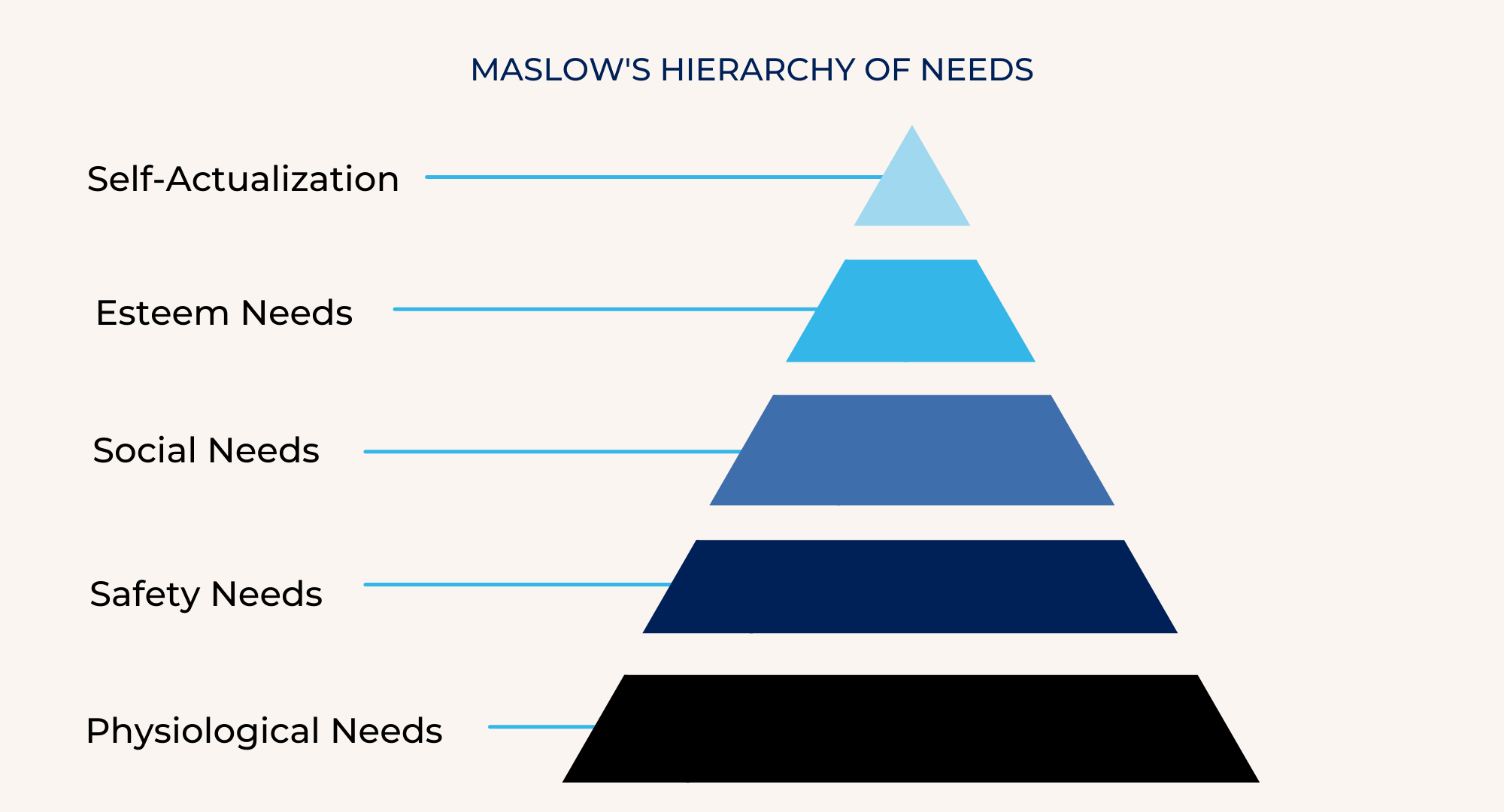Motivation is the driving force that inspires us to take action and pursue our goals. It is a crucial element in personal and professional success, and there are many different approaches to motivation that have been developed over the years.
One approach to motivation is the self-determination theory, which suggests that people are motivated by three basic psychological needs: autonomy, competence, and relatedness. When these needs are met, people are more likely to be motivated and engaged in their work and activities. To increase motivation using this approach, it is important to give people the freedom to make their own decisions, provide them with the skills and resources they need to succeed, and create a sense of connection and community within the team or organization.
Another approach to motivation is the goal-setting theory, which proposes that people are motivated by specific, challenging goals that they have set for themselves. To be effective, goals should be specific, measurable, attainable, relevant, and time-bound. Setting goals can help people focus their efforts, track their progress, and feel a sense of accomplishment when they reach their objectives.
A third approach to motivation is the intrinsic motivation theory, which suggests that people are motivated by the inherent enjoyment and satisfaction that they get from an activity. Intrinsic motivation is often driven by personal interests and passions, and can be a powerful source of motivation in both work and leisure. To increase intrinsic motivation, it is important to find activities that align with an individual's interests and values, and to create an environment that supports and fosters personal growth and development.
There are many other approaches to motivation, including Maslow's hierarchy of needs, the theory of planned behavior, and the self-perception theory. Ultimately, the most effective approach to motivation will depend on the individual and the context in which they are working. By understanding and applying different approaches to motivation, individuals and organizations can create a positive and supportive environment that helps people reach their full potential.









